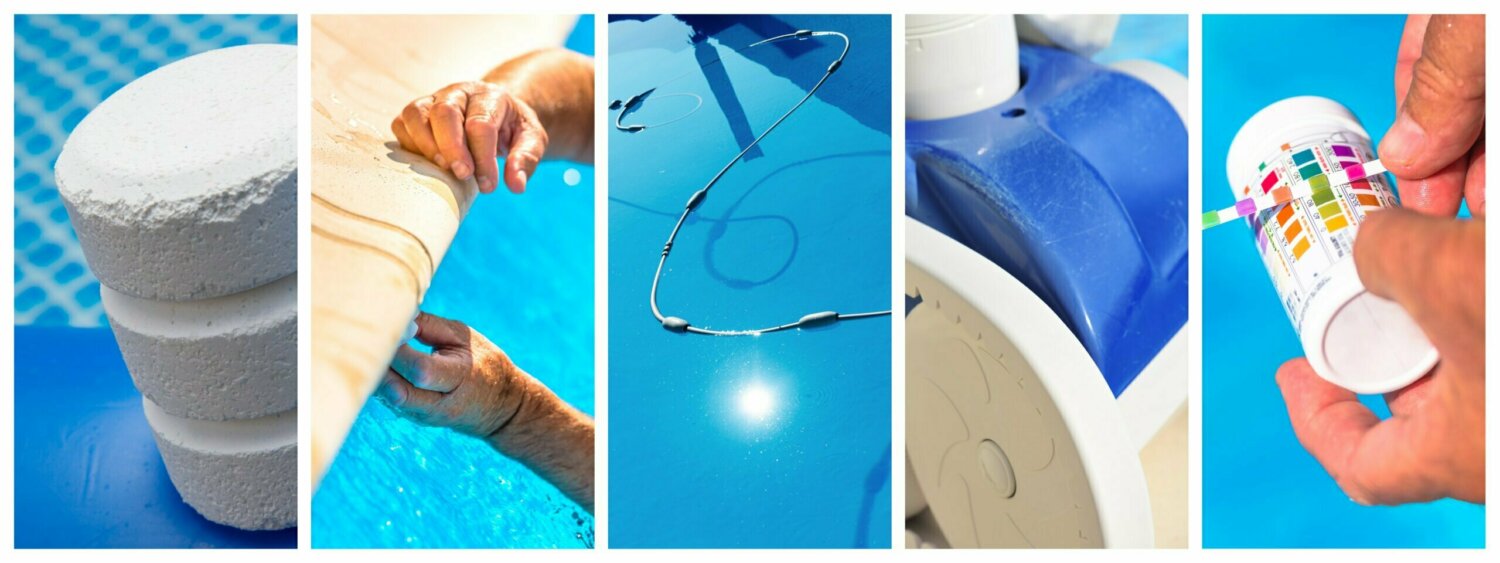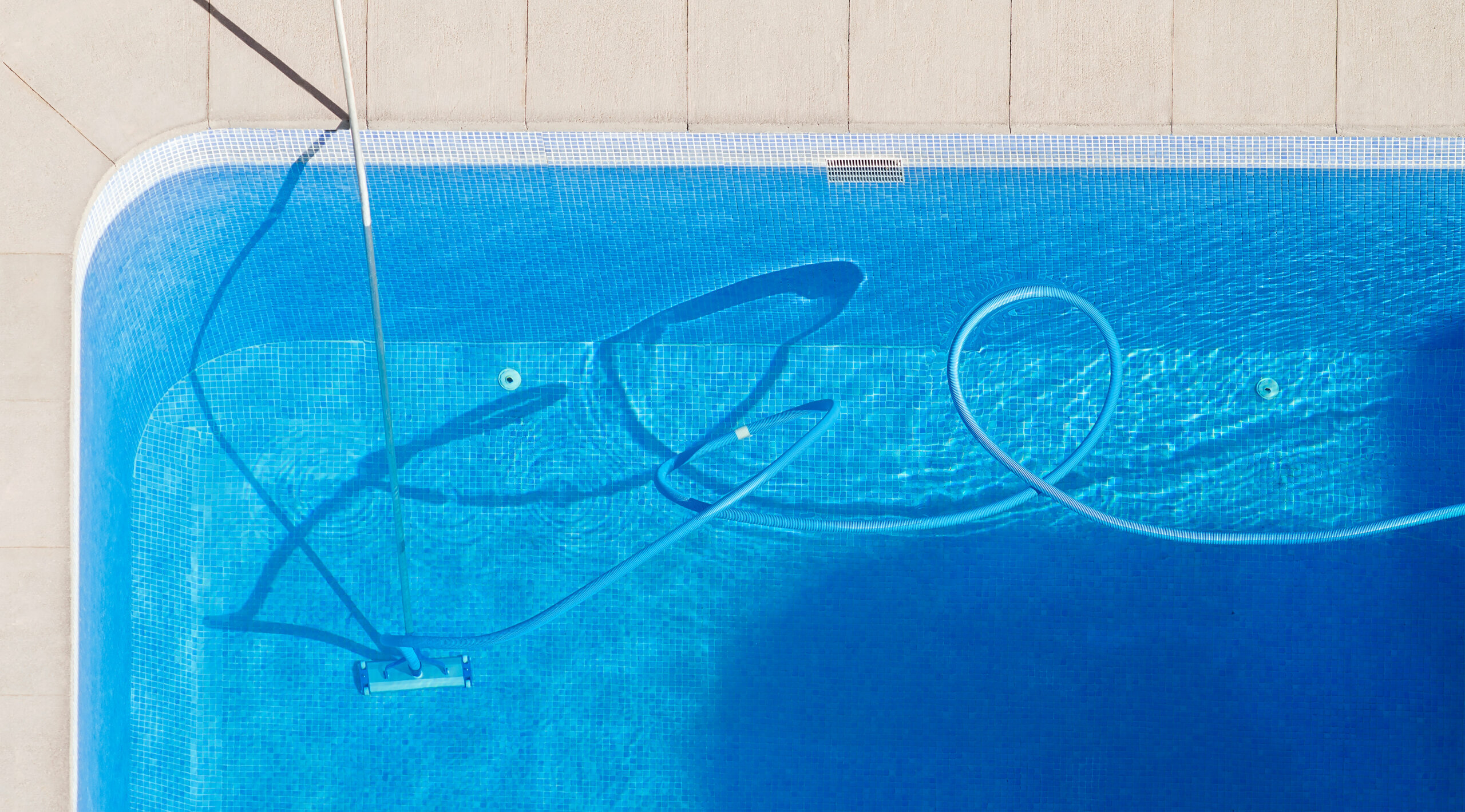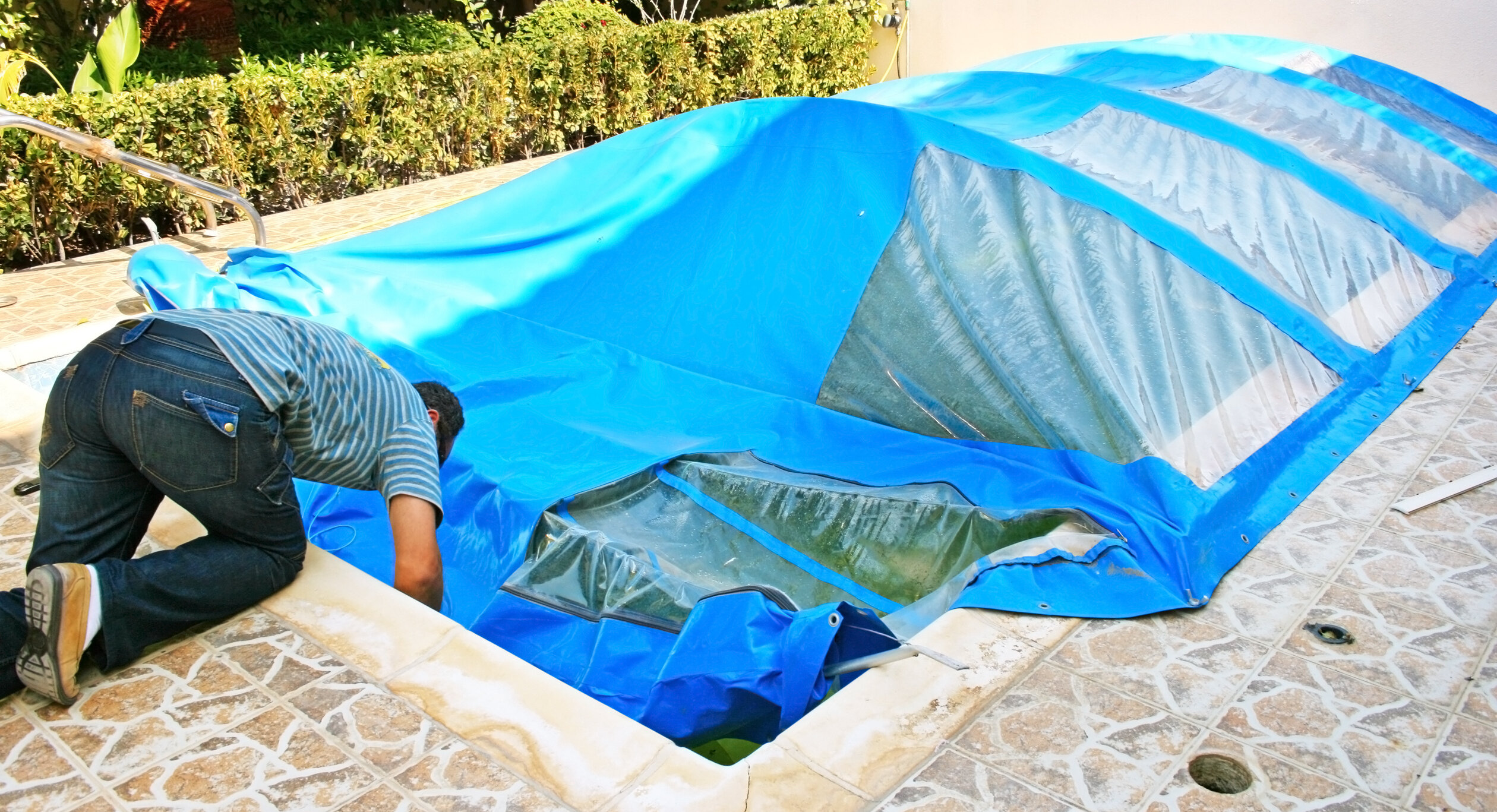
Summertime is sadly coming to a quick close in the coming weeks. The end of the summer season ushers in the cooler weather, fall holidays and closing up your pool for wintertime. Prepping a pool for the colder months is necessary by early autumn and thankfully it is not all that challenging to do. Doing it right, though, is essential to making sure the pool stays in great shape for next season.
Pro Tips on How to Winterize a Pool
Closing a pool can be a tall task. It is important to take the proper steps while the weather is warm, to ensure your pool is in good shape next summer. Below are six pool maintenance items owners can do to ensure their pools get closed up correctly for the season:
 Get the Best Pool Closing Supplies
Get the Best Pool Closing Supplies
Making sure you have all of the essential pool closing supplies is one of most important factors to swimming pool maintenance. In the weeks prior to closing your pool for the winter, take a look at your pool parts and supplies. If you are missing any of the essentials, make sure you get in touch with your local pool supply company.
Balance the Water
The first step in winterizing a pool involves balancing the water. This process is very similar to the water balancing you do all season. In this process, you will want to ensure that the pH alkalinity and calcium hardness levels are balanced and properly aligned. A pool’s pH ideally needs to be between 7.3 and 7.6. If the pool becomes too alkaline (over 7.8 pH) the effectiveness of chlorine to kill bacteria is lessened.
 Add Stain and Scale Prevention
Add Stain and Scale Prevention
The next step in getting a pool ready for winter is making sure all scale and rust stains are removed from the pool. Once you have brushed all of the stains out of the pool in the days leading up to pool closing, you will want to add stain prevention and scale prevention. This will help to ensure that none of the previous stain will return over the winter. If you don’t remove the stains and treat the water prior to pool closing, you run the risk of the stains becoming worse, making your pool less aesthetically pleasing.
Use Chlorine Shock
An extra step that has proven quite useful when winterizing a pool, is the addition of chlorine shock. Adding shock allows for any residual bacteria and algae to be eliminated. Chlorine shock is different than the normal chlorine you put in your pool, it offers an additional layer of protection and has the ability to kill large amounts of bacteria and algae living in your pool. After applying this extra step, make sure you brush and vacuum the pool.
Apply the Cover
Now that all of the prep work has been done, it is time to put the cover on the pool. Covering the pool is an important step because harsh winter conditions can freeze the water in the pool and allow unwanted debris to enter. Typically, the pool covers are quite heavy and may require additional help from others to properly put the cover in place.
 Additional Tips for Closing a Pool for Winter
Additional Tips for Closing a Pool for Winter
The six steps outlined above are the most important steps when closing a pool for winter. There are, however, additional steps you can take to ensure your pool is ready for winter and the water is pristine next winter:
- On the last day, just before placing the cover on the pool, add non-chlorine shock to oxidize the water one last time.
- Pour algaecide into the pool to make sure the water doesn’t turn green over the winter.
If you are able to take care of these six things, your pool will be safe through the winter and should cause very few, if any, headaches when the time comes to open the pool up again next summer. As always, if you need any help or supplies for this process, reach out to someone here at Sunset Pools & Spas and we will be happy to help you close up for the season. It is not hard work, just diligent work, but it can make all the difference in the world for the long-term health of your pool.